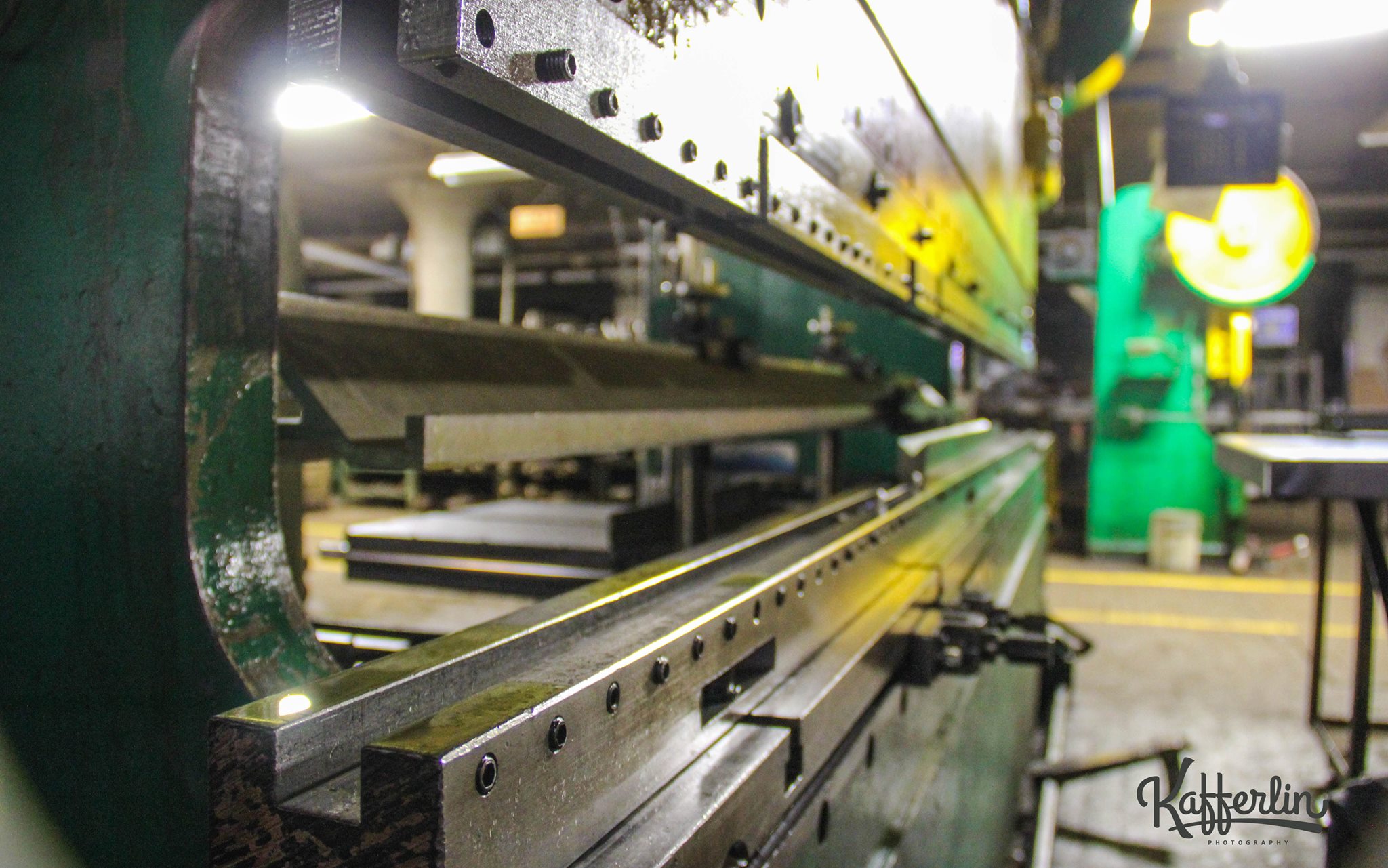All too often in business, we allow the immediate to get in the way of the important. Every customer expects instant solutions, every quality issue demands an immediate response, and every supplier expects their payment to arrive yesterday. We get it.
At the same time, there are seemingly endless important – if not urgent – things that a savvy business should prioritize. Particularly for those subject to OSHA compliance, here is one of those: A properly implemented Safety Plan – one that goes beyond the requirements, such as the Preparedness, Prevention and Contingency (PPC) plan.
Getting a safety mechanism in place can help with a plethora of problems. A prepared business with a properly planned, executed, and controlled Safety Plan will almost certainly have fewer accidents, less abuse of worker’s compensation, and greater peace of mind, not to mention the benefit of lower premiums.
All of our clients benefit greatly from risk assessment, and often we find in our analysis that their safety procedures just cover the bare minimum. In contrast, those that go above and beyond regulations, and are really dedicated to bringing down accident rates, can do so – and reap the benefits. In fact, one of our primary clients brought their MOD rate down from 1.5 to 0.72 over the course of several years.
Who wouldn’t want to see numbers like that? As you can imagine, that rate indicates more than a safer shop floor – it lowered workmen’s compensation premiums dramatically, boosted morale across the board, and decimated lost time.
Remember, though, that getting a plan made and in place is a significant investment. Implementation might require new equipment, procedures, time, and tenacity. Changing ingrained behavior is, of course, the hardest part. It demands a compelling vision and a dogged commitment to set the bar high above the letter of the law, despite the fact that it may take half a decade to see the full fruits of your labor.
Start taking steps today to protect your products, equipment, and most importantly, employees. Get an independent, comprehensive risk analysis done and get to work on process improvement. In the end, you’ll have less injuries, better attendance, higher morale, and that’s not to mention the cost savings from premiums.
Christine Matteson is a Regulatory Compliance Consultant at Kafferlin Strategies, where she offers 20+ years in environmental compliance experience. A Penn State graduate, she earned degrees in Business Management and Economics, and owns a small business out of her hometown of Corry, PA.
Originally published by the NWIRC.

